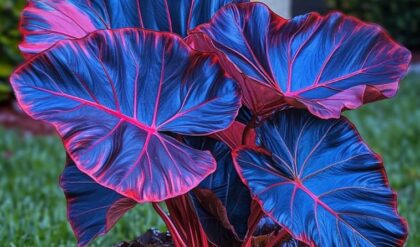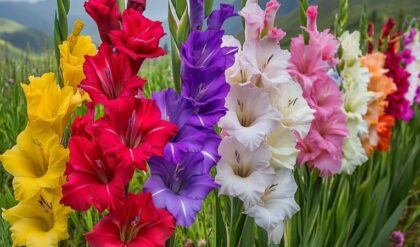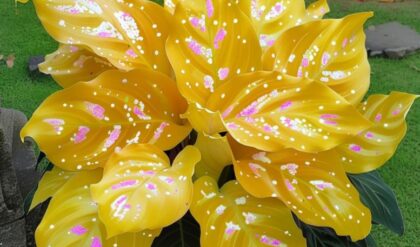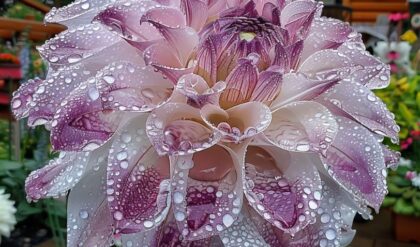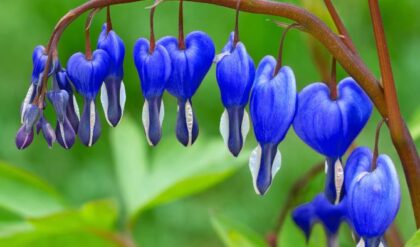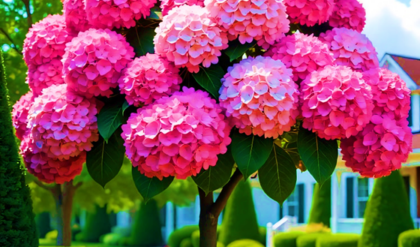The Hibiscus, with its strikingly vibrant blossoms and rich symbolism, captivates not only gardeners but also herbalists, culinary enthusiasts, and spiritual seekers alike. At first glance, this perennial flower enchants with a spectrum of colors ranging from fiery reds to gentle pinks, embodying beauty that draws attention. However, its allure goes beyond mere aesthetics; the hibiscus possesses a wealth of cultural significance and practical applications. The flower is steeped in lore—recalling tropical paradises while symbolizing love, beauty, and passion in various cultures across the globe. For instance, in Hawaiian tradition, it is often associated with femininity and can even be donned as a hair accessory to signify marital status. This myriad of meanings calls for a comprehensive exploration into all facets of the hibiscus, from cultivation practices to medicinal characteristics, making it an essential guide for lovers of nature and culture alike.
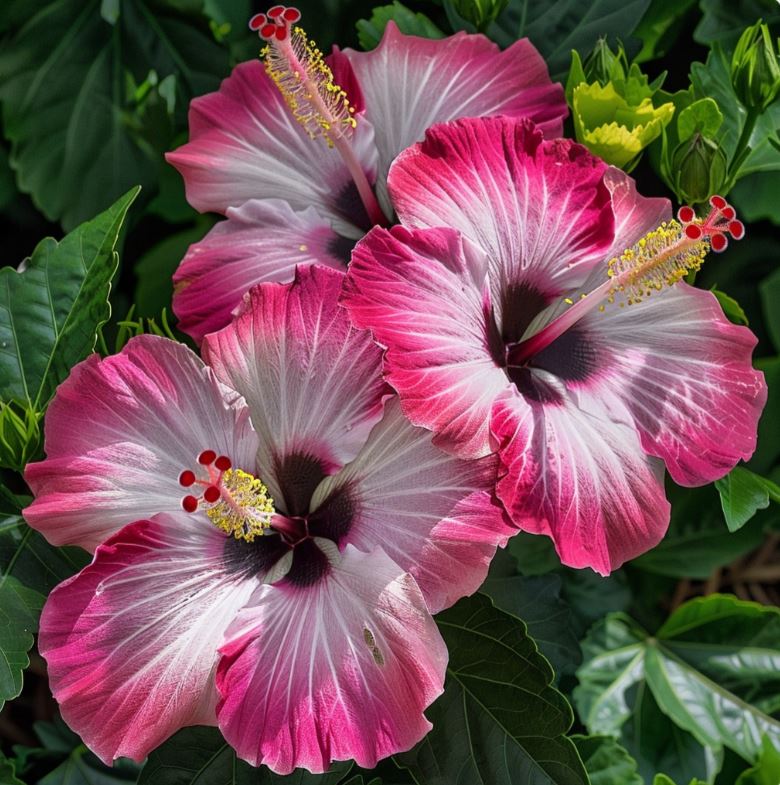
Cultivation Techniques: Nurturing the Blooms
Understanding how to cultivate hibiscus effectively sets the stage for appreciating their beauty fully. According to numerous guides, including one from Sai Nursery, proper care dictates the vibrancy of these blooms. Watering practices are crucial; hibiscus plants thrive with consistent moisture but must avoid overwatering which could lead to root rot. Additionally, they require well-draining soil, ample sunlight, and occasional pruning to ensure healthy growth. Creating an environment where these conditions coexist harmoniously is akin to providing a symphony, where each note contributes to the overall harmony of color and life within your garden.
Selecting the Right Variety
The vast array of hibiscus cultivars can be overwhelming, but understanding the unique characteristics of each variety can help gardeners make informed choices. From the iconic tropical species to the hardy, cold-tolerant hybrids, the selection process requires considering factors such as bloom size, color, and growth habits. Some varieties may be better suited for container gardens, while others thrive in full-sun landscapes. Researching the specific needs and preferences of each cultivar can ensure a successful and rewarding growing experience.
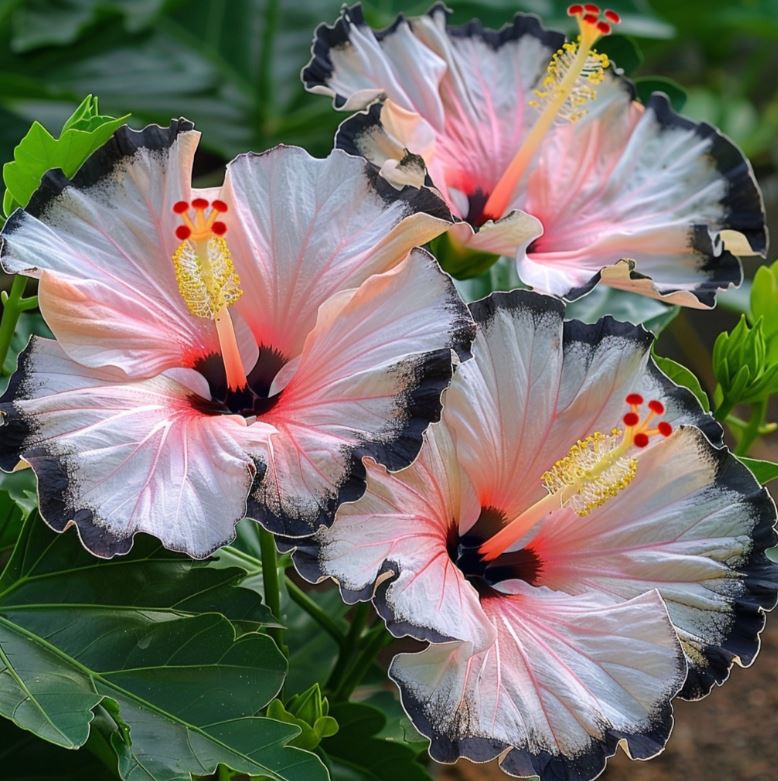
Optimal Soil and Sunlight Requirements
Hibiscus plants are particular about their growing conditions, and providing the right soil and sunlight environment is crucial for their health and vitality. Well-draining, nutrient-rich soil is essential, as these flowers are susceptible to root rot in overly wet or heavy soils. Amending the soil with organic matter, such as compost or aged manure, can improve drainage and provide essential nutrients. Likewise, hibiscus require ample sunlight, thriving in locations that receive at least six hours of direct sunlight per day. Understanding these fundamental requirements allows gardeners to create a thriving habitat for their hibiscus plants.
Watering and Pruning Techniques
Consistent and appropriate watering is a cornerstone of successful hibiscus cultivation. These plants prefer consistently moist soil, but they must be carefully monitored to avoid overwatering, which can lead to root rot and other problems. Gardeners should water their hibiscus deeply, allowing the soil to partially dry out between waterings. Pruning is also an important aspect of hibiscus care, as it encourages bushy growth and prolific blooming. Regular trimming of spent flowers and occasional overall shaping can help maintain the plant’s aesthetic appeal and overall health.
Winterizing and Cold Protection
For gardeners in temperate climates, preparing hibiscus plants for the winter months is crucial. Many varieties are not cold-hardy and require protective measures to survive the colder seasons. This may involve moving potted plants indoors, applying mulch around the base of in-ground plants, or even constructing temporary structures to shield the plants from frost and freezing temperatures. Understanding the specific cold tolerance of each hibiscus cultivar and implementing the appropriate winterizing strategies can ensure the longevity and continued flourishing of these beautiful flowers.
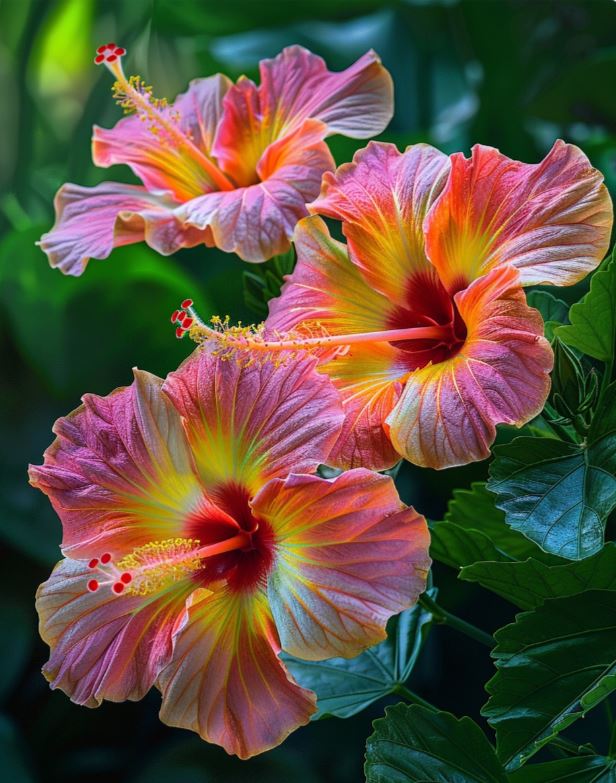
Nutritional Benefits and Culinary Uses
Beyond their captivating appearance, hibiscus flowers also play important roles in nutrition and wellness, presenting an array of health benefits. Known for extending their versatility into the culinary realm, hibiscus petals can transform simple dishes and beverages into tantalizing sensory experiences. A popular manifestation is hibiscus tea, famously known for its tangy, refreshing flavor and vibrant crimson hue, which is celebrated for lowering blood pressure and being a source of antioxidants. Imagine enjoying a glass of chilled hibiscus tea on a warm summer day, not just quenching thirst but also invigorating your body—a perfect combination of enjoyment and wellness.
Medicinal Properties and Phytochemicals
Hibiscus flowers are rich in a variety of beneficial phytochemicals, including anthocyanins, polyphenols, and vitamins. These compounds have been studied for their potential medicinal properties, with research suggesting that hibiscus may possess antioxidant, anti-inflammatory, and even anti-cancer effects. The calyces, or sepals, of the hibiscus plant are particularly concentrated in these valuable compounds, making them a valuable addition to herbal remedies and functional foods. Incorporating hibiscus into one’s diet or wellness routine can provide a natural source of these beneficial plant-based nutrients.
Culinary Applications and Flavor Profiles
The vibrant and tangy flavor of hibiscus has made it a popular ingredient in both sweet and savory culinary applications. Beyond the well-known hibiscus tea, the petals can be used to infuse syrups, jams, and even baked goods with their distinctive flavor. In savory dishes, hibiscus can add a bright, acidic note to marinades, sauces, and even salads. Experimenting with the versatile uses of hibiscus in the kitchen can lead to the creation of unique and visually striking culinary creations that delight the senses.
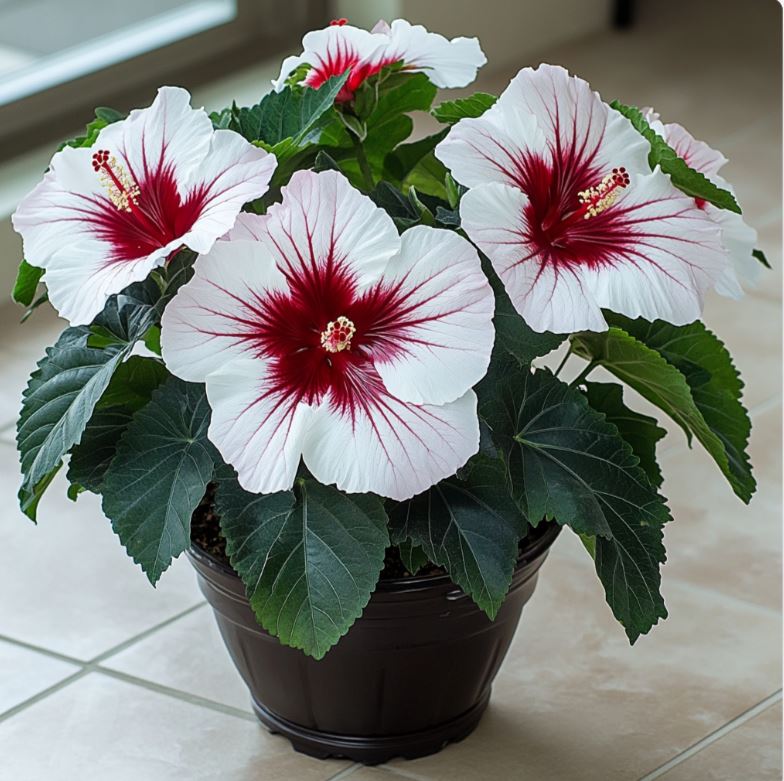
Ecological Importance and Pollinator Attraction
Hibiscus plants not only provide nutritional and culinary benefits but also play a vital role in supporting local ecosystems. As nectar-rich flowers, they attract a variety of pollinators, including bees, butterflies, and hummingbirds, contributing to the overall biodiversity of the garden. By cultivating hibiscus, gardeners can create a haven for these essential pollinators, helping to sustain the delicate balance of nature. Furthermore, the vibrant blooms of the hibiscus add visual interest and appeal to any outdoor space, enchanting both human and animal visitors alike.
Spiritual Significance: A Deeper Meaning
The symbolism attributed to the hibiscus provides another layer of fascination. In various traditions, the flower serves as a powerful emblem of spirituality and romanticism. It transcends the physical presence, resonating with deeper meanings—the hibiscus is often viewed as a conduit between the earthly and the ethereal. Each petal can be interpreted as a chapter in the narrative of love, transformation, and personal growth. This spiritual perspective invites individuals to reflect upon their relationships with both self and others, suggesting that nurturing such beautiful blooms may metaphorically represent the act of cultivating love and compassion.
Symbolism in Different Cultures
The hibiscus holds significant symbolic meaning across various cultures and spiritual traditions. In Hawaiian culture, the flower is associated with femininity, grace, and beauty, often worn as an adornment in the hair to signify marital status. In traditional Chinese medicine, the hibiscus is believed to possess cooling properties, making it a popular ingredient in herbal remedies. In the Islamic faith, the hibiscus is sometimes referred to as the “Flower of Paradise,” symbolizing purity and divine connection. Exploring the diverse cultural and spiritual connotations of the hibiscus can deepen one’s appreciation for the multifaceted significance of this enchanting bloom.
Meditation and Mindfulness Practices
The serene beauty and delicate nature of the hibiscus can serve as a powerful catalyst for introspection and spiritual growth. Some practitioners of mindfulness and meditation incorporate the hibiscus into their practices, using the flower as a focal point for contemplation and self-reflection. The vibrant hues and graceful petals can inspire a sense of wonder and connection with the natural world, while the flower’s transient lifespan can serve as a reminder of the impermanence of all things. By engaging with the hibiscus through the lens of spirituality, individuals can cultivate a deeper understanding of themselves and their place in the broader tapestry of life.
Artistic and Creative Interpretations
The hibiscus has long been a source of inspiration for artists, poets, and writers, who have sought to capture the flower’s captivating essence through various mediums. From the vibrant oil paintings of tropical landscapes to the delicate haiku verses that evoke the ephemeral beauty of the bloom, the hibiscus has been a muse for countless creatives. Exploring these artistic interpretations can provide a unique window into the emotional and symbolic resonance of the hibiscus, encouraging a more profound appreciation for the flower’s multifaceted significance.
Seasonal Dance: The Hibiscus Lifecycle
Moreover, the lifecycle of the hibiscus functions almost like a dance—a seasonal rhythm that invites anticipation and appreciation. From the early exuberance of budding flowers in spring to the radiant shows during late summer, every phase offers a glimpse into nature’s artistry. Having them in your garden throughout the growing season does not merely enhance aesthetic appeal; it creates a sanctuary for pollinators, boosting local biodiversity, and contributing to environmental health. Thus, cultivating hibiscus becomes a gateway to a more holistic approach to gardening, fusing beauty, sustainability, and ecological integrity.
The Awakening Spring
As the earth emerges from the slumber of winter, the hibiscus plants begin to stir, unfurling their vibrant foliage and teasing the promise of enchanting blooms to come. This awakening stage is marked by the gradual development of buds, each one swelling with the potential of color and form. Gardeners eagerly await the first delicate petals to unfold, signaling the start of the hibiscus’ annual performance.
Summer’s Radiant Display
When the summer sun reaches its zenith, the hibiscus plants burst into a symphony of color, showcasing their magnificent flowers in all their glory. The blooms, large and sumptuous, captivate with their varied hues, from the deep, velvety reds to the soft, pastel pinks. This is the season of the hibiscus’ greatest splendor, a time when the garden is alive with the dance of these mesmerizing flowers, drawing in pollinators and delighting the senses of all who behold them.
Autumn’s Graceful Transition
As the days begin to grow shorter and the air turns crisp, the hibiscus plants enter a phase of gradual transition. The once-vibrant blooms slowly fade, their petals gently releasing and drifting to the ground. Yet, in this graceful decline, there is a sense of acceptance and renewal. The plant redirects its energy to strengthen its roots and prepare for the dormancy of winter, instilling a quiet resilience that will ensure its return in the seasons to come.
Winter’s Dormancy and Rejuvenation
During the colder months, the hibiscus plants enter a period of dormancy, appearing to retreat from the world, their leaves falling and the stems seemingly lifeless. However, this is merely a temporary respite, a time of introspection and rejuvenation before the cycle begins anew. Gardeners must take care to protect their hibiscus plants from the harsh elements, ensuring that the roots and stems remain intact, ready to burst forth with renewed vigor when spring arrives once more.
Conclusion: Compounding Fascination
In synthesis, the enchanting world of hibiscus delivers a multifaceted exploration that encompasses not only gardening techniques but also nutritional benefits and spiritual meanings. Their vibrant hues symbolize universal emotions and aspirations, opening doors to varied interpretations from various societal lenses. With comprehensive guidelines available from credible sources, aspiring gardeners have immense resources at their fingertips, allowing them to embark on this enriching journey of horticulture and self-discovery. By engaging with these extraordinary flowers, one connects deeply with nature, and also essentially dives into interpersonal connections and health—an exploration mirroring life itself.
